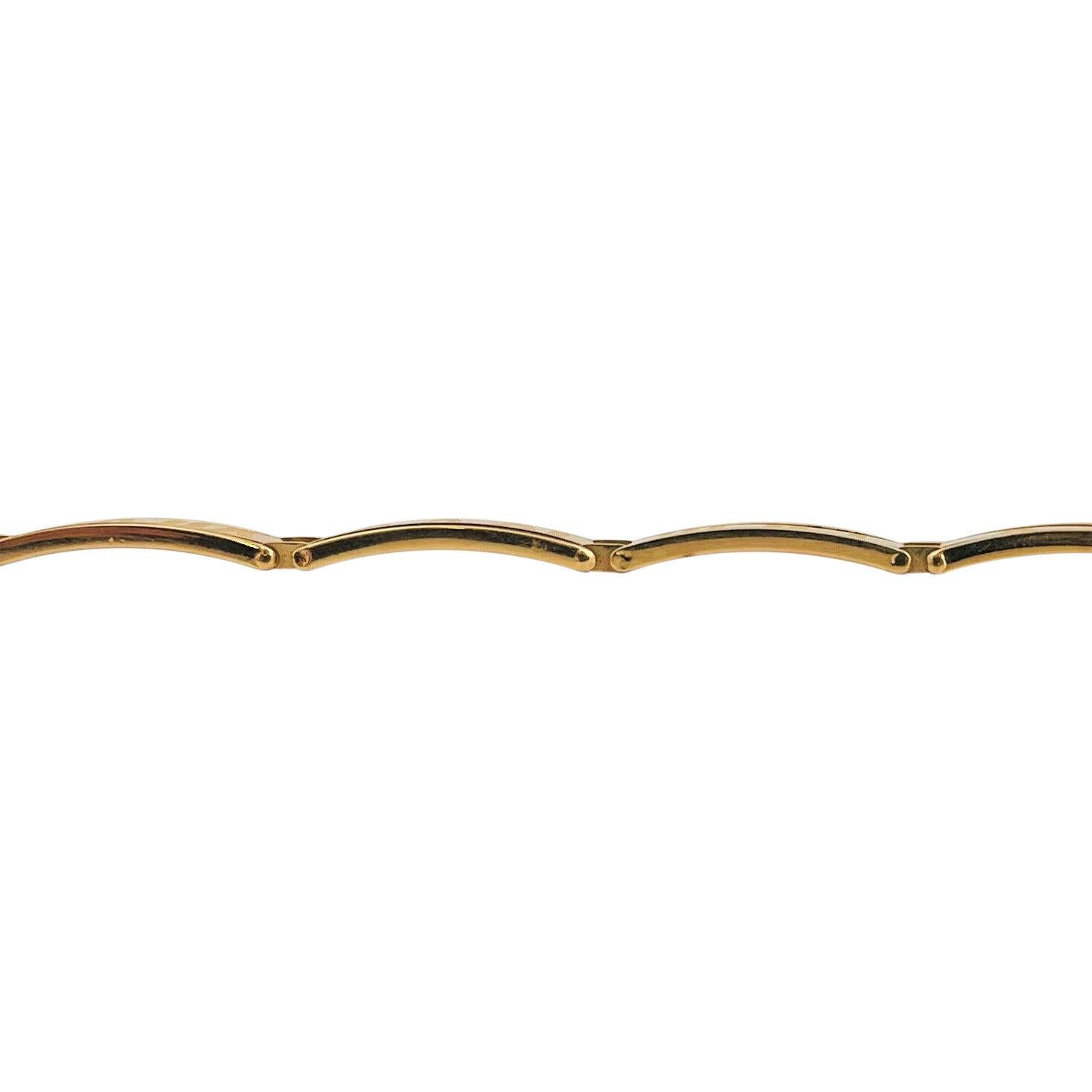

In time the strokes of these letter grew thicker, the aperture lessened, and serifs appeared. These early Greek letters were drawn freehand, not constructed with compasses and rule, and they had no serifs -neither the informal entry and exit strikes left by a relaxed and fluent writer, nor the symmetrical finish stroke typically added to letters by formal scribes. This means that forms like S and C and M, which can be relatively open or relatively closed, are about are open as they can get. The letters are made primarily from straight lines, and when curved forms appear, they have a very large aperture. The strokes are bony and thin, almost ethereal-the opposite of the heavy substance they are carved in. " The earliest surviving European letterforms are Greek capitals scratched into stone. Greek was often read in a format known as boustrophedon or “as the ox plows.” One row would read left to right and then switch from right to left. The words may have been in rows but the direction of reading was not yet fixed.

Early Greek was comprised of only capital letters, written between two guidelines to organize them into horizontal rows. The Phoenicians system then was adopted by the Greeks who added the necessary vowels. The entire illustrated set has been posted on line by Dean Allen at this linkīuilt on the Egyptian logo-consonantal system, the Phoenicians developed a phonetic alphabet consisting of 22 letters. After more than ten editions, the book is still available and remains a classic. Meyer makes it clear that his work is not a faithful reproduction of original examples but rather demonstration models to illustrate more clearly the typical forms that developed. The drawings were published in his book, The Development of Writing (Die Schriftenwicklung) in 1959. As a teaching aid, Meyer drew 70 models of historical writing samples ranging from ancient Greek stone inscriptions of the fifth century BC to contemporary sans serif.

Meyer devoted his career to teaching letterform for over 35 years at the School of Applied Arts in Zurich. Take a Field Trip to Turkey to see early Greek lettering.įirst, an acknowledgement of Hans Eduard Meyer (Meier) whose work is used on these pages to demonstrate some of the early writing and type developments. Parents of the Roman Alphabet : Phoenicians and Greeks


 0 kommentar(er)
0 kommentar(er)
